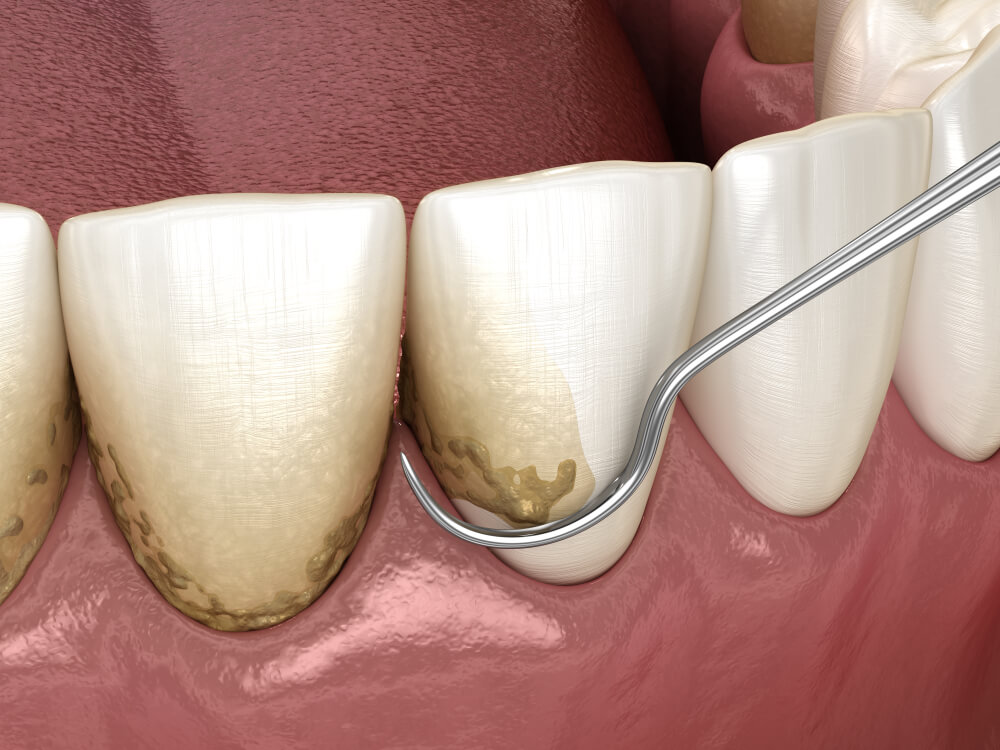Periodontal scaling and root planing is a specialized type of dental cleaning that is used to prevent or manage gum disease. This cleaning is completed in two parts. The first part, periodontal scaling, consists of removing plaque, tartar, and bacteria from the surface of the tooth and in the gum pockets. The second part, root planing, consists of smoothing out the tooth roots in order to encourage the gum tissue to once again attach itself and cover the exposed roots.
Did You Know?
Gum disease is exceptionally common. In fact, it is estimated that almost 50% of Americans over the age of 30 have some form of gum disease.
Frequently Asked Questions:
Do I need periodontal scaling and root planing?
You may need periodontal scaling and root planing if you have an active case of gum disease or if your periodontist believes you are at risk of developing gum disease. Generally speaking, periodontal scaling and root planing is recommended in cases where the gums have started to recede. This is because gum recession can cause pockets to form along the gum line that quickly fill with bacteria and can make gum disease worse. In these cases, periodontal scaling and root planing is usually recommended to clean out these pockets to prevent the problem from escalating. To determine if you need periodontal scaling and root planing, schedule a consultation with Perio NW today.
What can I expect when having periodontal scaling and root planing performed at Perio NW?
When having periodontal scaling and root planing at Perio NW, you can expect our periodontist to first remove any plaque and tartar deposits from the surface of your teeth. This can be accomplished using a metal tool known as a dental scaler or a stream of water from a water scaler. The designated tool will be used to either scrape or lightly pressure wash any plaque and tartar deposits from the fronts and backs of each tooth. This same approach will be used to clean the pockets just below the gum line (much like flossing).
Once the plaque and tartar have been removed, then your periodontist will smooth out the root surface in a process known as root planing. This will simply make sure that all debris is removed from the exposed tooth roots so that they once again have a smooth surface. Removing the excess bacteria and smoothing the root surface encourages the gums to grow back over the tooth roots. In some cases, antibiotics may also be placed in the gum pockets to prevent future bacterial accumulation.
How often do I need periodontal scaling and root planing?
After evaluating your gums, your periodontist will let you know how often you should have periodontal scaling and root planing performed. In most cases, you can expect to have this type of cleaning every six months, however advanced cases of gum disease may require more frequent cleanings to manage bacterial levels. In between cleanings, it is important to practice proper oral hygiene to keep your gums as healthy as possible.


